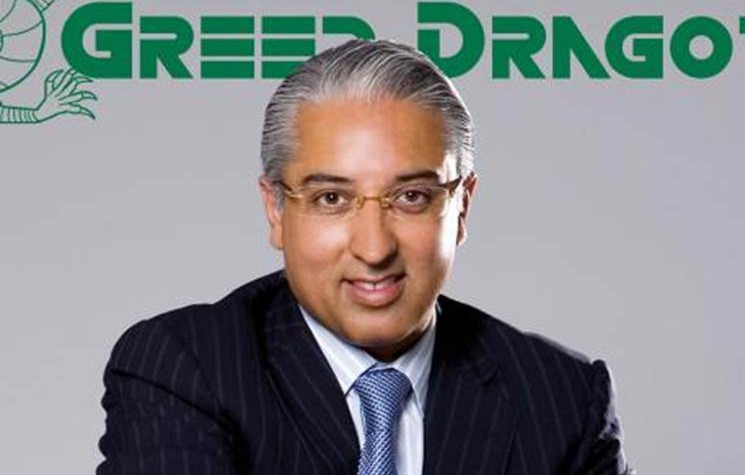Green Dragon says 2015 is all about cash flow

By Amy McLellan
Green Dragon Gas, the China-focused coal bed methane producer, last week released its annual audited reserves report which, for the ninth consecutive year, revealed positive growth. Net 1P reserves were up 17 per cent at almost 148 BCF and 2P reserves were up 12 per cent at 426.8 BCF. The 3P number was down four per cent at 2.29 TCF, reflecting the reserves migration up the value chain. In all, the company has gas-in-place resources of more than 25 TCF.
For chairman and company founder Randeep S. Grewal, the annual audit of reserves – something that distinguishes it from its UK peers – is a hallmark of credibility for investors, providing transparency into the assets and their operation.
“It’s a surprise to me that the LSE doesn’t make it a requirement as the SEC does,” says Grewal, speaking to oilbarrel.com from Hong Kong. “We use Netherland & Sewell, a tier one auditor who are quite conservative, so there’s a lot more to come in reserve migration.”
Grewal spotted the opportunity of China’s opening coal bed methane sector in the 1990s, where he was keen to replicate the successes of the North American CBM industry, where long life reserves and stable production can create the kind of annuity play that is highly attractive to investors. Famously, however, the company’s experiences in China didn’t follow the typical investment cycle of CBM plays in the US and Australia.
It is to Green Dragon’s credit that, at its many appearances at oilbarrel.com events over the years, it has been upfront about the challenges it has faced, from the faulted coal seams that forced the company to develop its proprietary drilling technique, known as LiFaBriC, to the “erroneous notice” that questioned its title to its six blocks and then the discovery of the 1,500 unauthorised third party wells drilled on its acreage.
These various issues derailed the company’s drilling plans as it halted investment until its title was fully confirmed and it had reached agreement with powerful state-owned partners not only about the historic activity on its blocks but also joint investment going forward. That was the story of 2014, which has now laid the ground work for what could be an extremely important year for the Hong Kong company.
“Twenty fifteen is the first year since 2008 that we can concentrate on cash flow and gas production,” says Grewal. “There have been a lot of distractions over the last three or four years.”
It has agreed capex for this year that will ensure the drilling of 30 LiFaBriC wells, which should deliver a production lift from 8 BCF to 12 BCF by year-end, a level Grewal says the company is very comfortable about meeting.
“We are very much investing where our existing production is, to convert those reserves into cashflow,” says Grewal. “We’re very much concentrated on cash flow this year.”
Cash flows will be increasingly important going forward as the company has taken on debt to drive growth, raising US$88 million in November through its first public corporate bond, and may tap the debt markets again later in the year to drill more wells to drive further production growth. For now, there’s no immediate pressure: the company has a strong balance sheet and Grewal says there’s no debt coming due until 2017.
Even so, the company is already lining up exploration wells this year, to start to move its exploration blocks into commercial production.
“This is significant,” says Grewal, pointing to the fact that the company’s gas production benefits from strong stable pricing de-coupled from Brent in one of the fastest-growing gas markets in the world. Indeed, the reserves report shows that prices on the commercial block were US$14.2 per MCF at the end of last year.
“In an environment where most oil and gas companies are sustaining write downs and cutting capex, it’s how we separate ourselves from the rest of the pack,” says Grewal.
This year could see the company finally start to realise Grewal’s vision of a CBM producer of scale in China. “It’s taken significantly longer than anticipated and cost substantially more,” he admits, “but the prolific nature of the reserves means it’s now coming together very nicely. We took all the risk, all the time and I am very certain that our reward will be sweet enough to more than pay for all that pain.”
Comments (0)